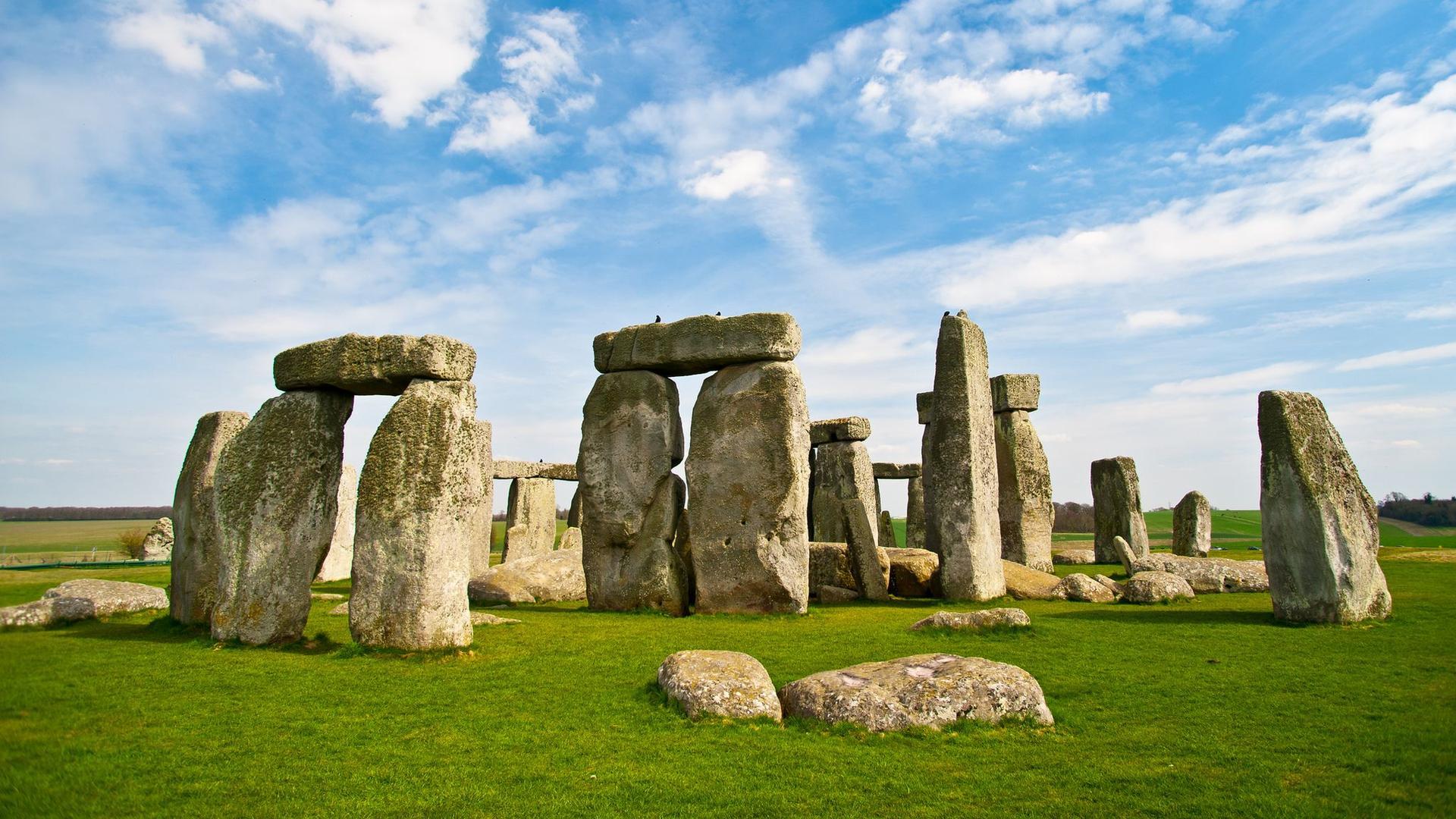Scientists discover Stonehenge’s altar stone originated in northern Scotland. This six-tonne rock traveled over 500 miles to reach Wiltshire.
The journey likely involved sea travel and complex logistics. Could this revelation rewrite our understanding of Neolithic Britain?
Neolithic Networking: Pan-British Society in 2500 BCE?

The Scottish-Stonehenge link suggests widespread cooperation in ancient Britain. Neolithic people shared knowledge across vast distances.
This challenges the idea of isolated tribal societies. Did a prehistoric “internet” connect our ancestors?
Maritime Marvels: Neolithic Seafarers Braving North Sea?

Transporting the altar stone likely involved advanced seafaring skills. Neolithic boats navigated 700 miles of treacherous coastline.
This implies sophisticated naval technology 4,500 years ago. What other technological wonders did our ancestors possess?
Stonehenge’s Celestial Secret: Why This Particular Stone?

The altar stone marks crucial solar alignments at Stonehenge. It intersects winter and summer solstice sight lines.
This placement suggests deep astronomical knowledge. Did ancient Britons possess advanced scientific understanding?
Orkney Connection: Stonehenge’s Spiritual Ancestor?

Orkney may have invented the stone circle concept. Stonehenge builders potentially paid homage to this tradition.
The altar stone’s size matches Orkney circle stones. Are we witnessing ancient religious pilgrimage?
Composite Temple: A United Kingdom in Stone?

Stonehenge incorporates rocks from across Britain. Welsh bluestones and Scottish altar stone symbolize unity.
This suggests a pan-British religious or political entity. Was Stonehenge the ancient equivalent of a United Nations?
Scientific Sleuthing: How Did They Trace the Stone?

Researchers used mineral fingerprinting to identify the stone’s origin. They analyzed over 500 mineral ages within the rock.
The oldest minerals date back 3 billion years. Can this technique reveal more archaeological secrets?
Stonehenge Builders: Master Logisticians and Engineers?

Moving the altar stone required immense planning and skill. The journey likely took months by sea and land.
Builders needed precise measurements for the stone’s final placement. How did they coordinate such a massive project?
Ancient Britain: More Advanced Than We Thought?

The altar stone discovery challenges perceptions of Neolithic society. It suggests long-distance trade and communication networks.
Advanced boat-building and navigation skills were necessary. What other assumptions about our ancestors might be wrong?
Stonehenge’s Secrets: What Else Remains Hidden?

Each new discovery at Stonehenge raises more questions. The site has been studied for centuries, yet surprises remain.
Modern technology continues to unlock ancient mysteries. What earth-shattering revelations await future archaeologists?

